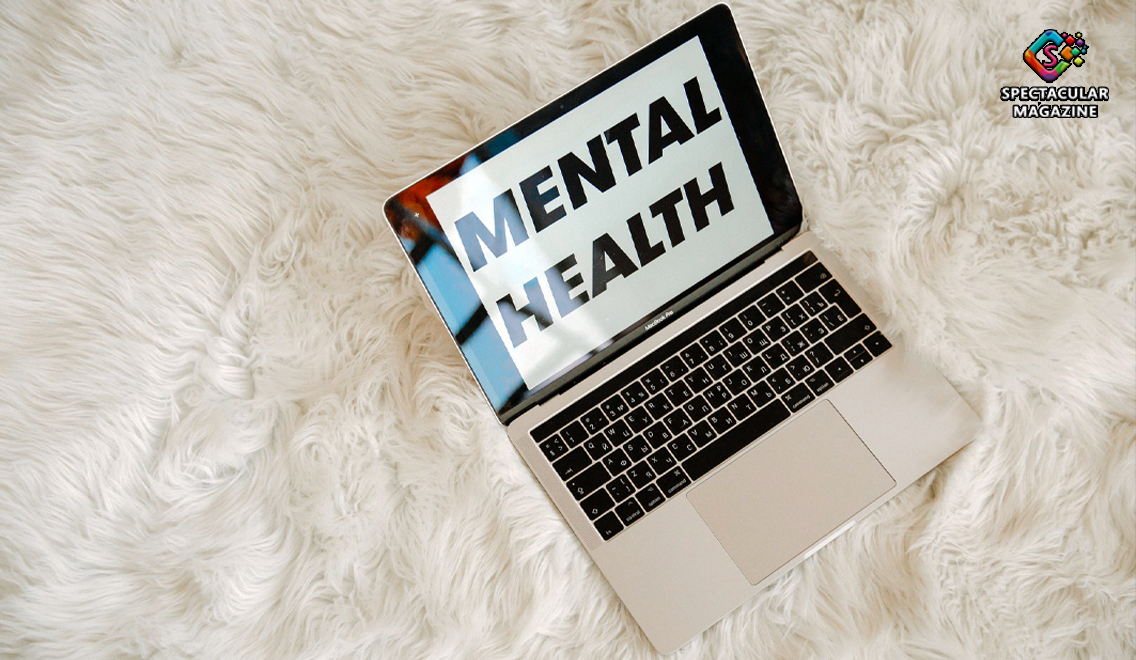Rising to the Challenge: Mental Health and the Workplace
As part of Mental Health Awareness Month, SHRM (the Society for Resource Management) is mobilizing to see that employers have the resources they need to address employee mental health.
This issue is urgent. Americans are increasingly dealing with mental health challenges without access to care, creating a ripple effect in our workplaces, communities, and households. Of the nearly 53 million U.S. adults with a mental illness, only 46 percent have received mental health services.
While workers need more support from their employers, they don’t necessarily know where to turn within their organizations. HR is the answer. HR professionals oversee mental health resources, connecting workers with support and educating people managers about supporting staff—all of which help to create a workplace culture that is mental health-friendly.
Together with SHRM, the Department of Labor launched the “Mental Health at Work: What Can I Do?” campaign at SHRM’s recent Workplace Policy Conference.
I encourage you to visit the campaign’s website, which includes valuable tools for employers in every industry. The campaign demonstrates how business leaders, managers, and employees can promote well-being at work by setting an inclusive tone, providing and requesting assistance and accommodations, and being a source of support to peers and colleagues.
SHRM is also sharing new research to help organizations and government officials better understand the opportunity at hand. SHRM and the SHRM Foundation collaborated with Otsuka America Pharmaceutical to complete “Mental Health in America: A 2022 Workplace Report.”
The report draws on the perspectives of HR professionals, shining a never-before-seen light on mental health and wellness in America. For example, about 1 in 5 (21 percent) respondents working for organizations that don’t offer mental health benefits say their organizations don’t have the resources, while another 21 percent of respondents believe it’s too expensive to act.
Here are some important points to consider.
The Struggle Is Real
- The Economic Cost: The World Health Organization estimates that the global economy has lost $1 trillion due to anxiety and depression alone.
- Workers Need More: Nonetheless, SHRM found that 41 percent of employees believe their organization does not offer enough help, with a lack of employer resources a stumbling block for many.
- Employers Step Up: Nearly 78 percent of organizations currently offer workplace mental health resources or plan to offer such resources in the next year.
HR Is Part of the Solution
- HR Speaks Up: 94 percent of HR professionals told SHRM they believe organizations can improve the health of employees by offering mental health programs. They point to increased productivity, employee retention and attracting new talent as additional reasons to support mental health.
- Supervisors Step Up: Employees who are struggling with mental health challenges cite demonstrating empathy, encouraging them to take time off, and offering remote or flexible work options as the top supportive responses from their managers.
- Team Spirit Counts: When their coworkers are aware that they are struggling with mental health challenges, employees cite demonstrating empathy and sharing mental health resources as the top supportive responses.
SHRM will continue advocating for policies that support employers in helping employees respond to mental health challenges and access mental health services. We were pleased to share this factsheet with the members of Congress.
We will also continue working to grow awareness of this issue in our workplaces. This month, and every month, each of us should ask the question “Mental Health at Work: What Can I Do?”

Emily M. Dickens is the chief of staff, head of government affairs, and corporate secretary at SHRM, the Society for Human Resource Management. She earned a Bachelor of Arts and master’s degree in history at North Carolina Central University and graduated from the NCCU School of Law.



One thought on “Rising to the Challenge: Mental Health and the Workplace”
Comments are closed.